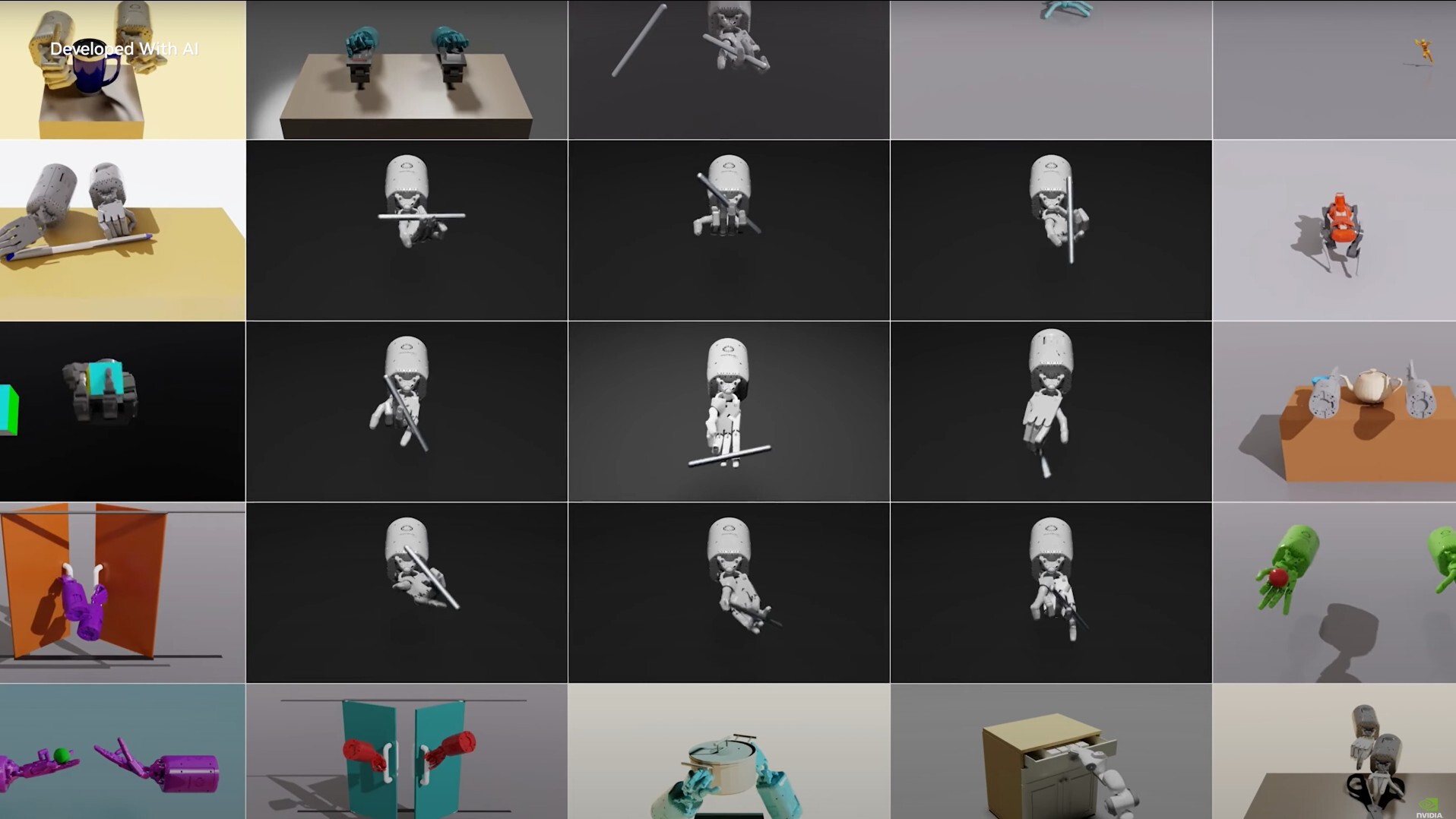Driving Transformative Advances in AI, Graphics, and More Through NVIDIA Research

The Impact of NVIDIA Research on Technology and Innovation
NVIDIA is widely recognized for its groundbreaking contributions to fields like artificial intelligence (AI), accelerated computing, real-time ray tracing, and networked data centers. These advancements stem from NVIDIA Research, a global team of around 400 specialists focused on areas such as computer architecture, generative AI, graphics, and robotics.
Origins and Leadership
Founded in 2006 and headed by Bill Dally since 2009, former chair of Stanford’s computer science department, NVIDIA Research stands out among corporate research entities due to its ambitious goals. The organization aims to tackle complex technological challenges that could significantly influence both the company and the global tech landscape. Dally emphasizes the need for research that both excels in academic value and aligns with NVIDIA’s business objectives.
A Culture of Innovation and Risk
NVIDIA Research distinguishes itself by pursuing projects with considerable risk but potentially high rewards. David Luebke, the company’s first researcher and vice president of graphics research, points out that the team operates under the principle of using their unique position to explore ideas that might not succeed, enhancing their chances of making a substantial impact.
Collaborative Approach
Collaboration is a core value at NVIDIA. The philosophy of "one team" drives their researchers to work closely with product teams and external stakeholders. Bryan Catanzaro, vice president of applied deep learning research, emphasizes that successful accelerated computing depends on interconnected efforts across various technological domains. Researchers determine project relevance not only from a research standpoint but also from a business perspective, seeking to engage the right collaborators early on in the process.
Key Innovations and Technologies
NVIDIA Research has pioneered numerous technologies essential to modern computing. Some key milestones include:
CUDA: Launched in 2006, CUDA unlocked the power of GPUs for complex computational tasks across scientific simulations and gaming, fundamentally transforming how developers interact with computing resources.
Ray Tracing: The journey to make ray tracing a viable technology led to the introduction of NVIDIA OptiX and later NVIDIA RTX, which introduced real-time ray tracing capabilities for both gamers and creative professionals.
- Deep Learning: The creation of the NVIDIA cuDNN library in 2014 marked a significant step in GPU-accelerated neural networks, occurring at a crucial point when deep learning was beginning to gain traction.
Advancements in Generative AI
NVIDIA has made notable strides in the field of generative AI, characterized by projects like StyleGAN, which showcased how neural networks could generate realistic images. StyleGAN was a transformative model that set a new standard for photorealistic image generation. Subsequent developments, such as GauGAN, reinforce NVIDIA’s ongoing commitment to pushing the boundaries of creativity in AI.
Multidisciplinary Impact
The impact of NVIDIA Research extends beyond AI and graphic design into areas such as:
Chip Design: NVIDIA has innovated in chip architecture and communication technologies with advancements like NVIDIA NVLink, facilitating quicker data exchange between CPUs and GPUs in high-performance computing systems.
Networking: Contributions to chip-to-chip communication have enabled large-scale integration of various components, optimizing performance and efficiency.
- Quantum Computing: The research team explores new methodologies in quantum computing and electronic design automation, further extending NVIDIA’s reach into future technology landscapes.
Future Directions
NVIDIA is also delving into platforms like NVIDIA Cosmos, which aim to accelerate developments in physical AI for next-gen robotics and autonomous vehicles. These emerging areas suggest that NVIDIA Research will continue playing a vital role in pioneering transformative technologies across numerous sectors.
Overall, NVIDIA Research remains at the forefront of technology innovation, demonstrating a firm commitment to both theory and application, fostering collaboration and pursuing groundbreaking advancements that reshape industries.






